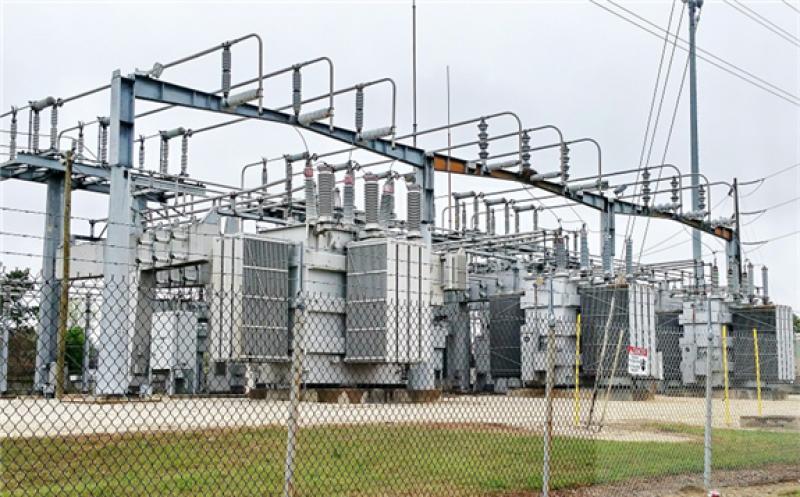The US Department of Energy (DOE) has announced loans of up to $8.25bn to support projects for expanding and improving the country’s electricity grid.

The move will support President Joe Biden’s commitment to upgrading the country’s power grid and infrastructure for supplying clean energy to businesses and homeowners by 2035.
The loans will be made available from the DOE’s Loan Programmes Office (LPO), which will offer loan guarantees of up to $5bn, and the Western Area Power Administration (WAPA).
Under the LPO’s Title 17 Innovative Energy Loan Guarantee Programme and Tribal Energy Loan Guarantee Programme, the DOE will support innovative power transmission projects.
The DOE will also support transmission projects owned by federally recognised tribal nations or Alaska Native Corporations.
These include high-voltage direct current (HVDC) systems, transmission systems to connect offshore wind, and facilities located along rail and highway routes.
Through its Transmission Infrastructure Programme (TIP), the WAPA will offer loans of up to $3.25bn.
This federal debt financing programme will support transmission and related infrastructure projects to deliver reliable clean power in the Western US.
Energy Secretary Jennifer Granholm said: “The DOE is making financing available for projects that improve resilience and expand transmission capacity across the electrical grid, so we can reliably move clean energy from where it’s produced to where it’s needed most.
“This is a down payment on our efforts to modernise our transmission nationwide, but we need the American Jobs Plan to complete them.
“These investments will make our power system more resilient against threats and more reliable as we increase our clean energy capacity, creating thousands of jobs in the process.”
President Biden’s American Jobs Plan calls for significant investments for upgrading the country’s power grid in order to improve resilience against cyber threats, natural disasters and physical attacks.
Last month, the US Government announced a national goal of deploying 30GW of offshore wind capacity by 2030, in an effort to cut 78 million metric tonnes of carbon dioxide emissions.